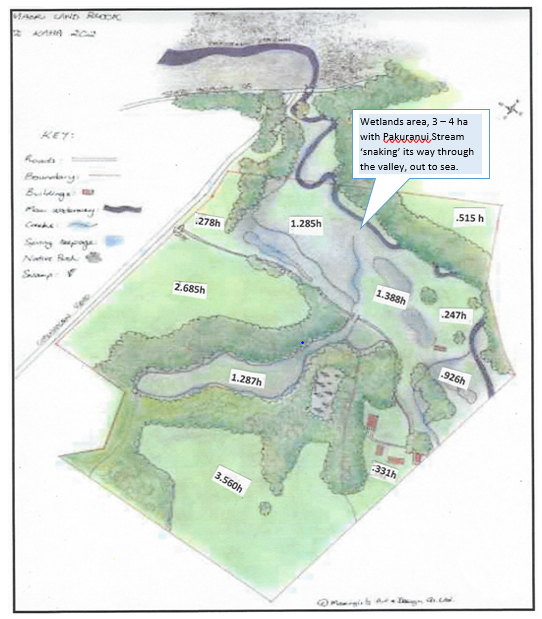TĪMATANGA KŌRERO
|
tūtaki mai
In November 2018, at a whānau meeting in Te Kaha, the Tukaki/Morrison family members unanimously agreed to restore Te Kinakina Wetlands, and for Kathleen to lead this project. So now the journey begins. The shareholders in Te Kinakina (Maori Land Block 2C2), descend from Mateohorere, daughter of Te Taane and Mihiwai Tukaki (nee Kahara). Shortly after the demise of Mateohorere Tukaki-Morrison in April 1967, Te Kinakina was committed to a 42-year lease managed by the Maori Affairs Department.
In 2010 Kathleen moved to Te Kinakina and proceeded to secure the land by way of a Hapū Partition. Maori Land Court Judge, Judge Caren Fox, granted hapū partition in November 2015 (click here to view), then Te Puni Kokiri released Te Kinakina from leasehold status. |
|
Kathleen morrisonTe Whānau-ā-Apanui, Ngāti Porou, Ireland
Kathleen May Morrison is a conservationist/Kaitiaki who, alongside of Violet Pou, has designed and planned Te Kinakina Wetlands Restoration Project. She comes from an artistic background with a Master of Fine Arts (MFA) in photography and years of experience as a graphic designer. Having spent the last 10 years living on Te Kinakina, she is now dedicating her time to project manage the wetlands restoration including: the initial design and function of the wetland areas, funding applications, planting schedules, sourcing trees and plants, liaising with community groups, and managing contractors. |
violet pouNgāpuhi, Ngāti Porou
Violet Pou has spent almost 30 years in education, working predominantly at the ‘grassroots’ level. She has her MA in Social Sciences, been a Fulbright Scholar, and now holds a RTLB (Resource Teacher Learning and Behaviour) position serving schools in the Eastern Bay of Plenty. Violet works with and supports Kathleen to prepare funding applications, milestone and whānau reports, and to manage Te Kinakina Wetlands Restoration Plan. |
|
‘Te Ao Mārama’ symbolises the rich diversity of life, resources, and biodiversity’ (Harmsworth 2004); and speaks to the range of life forms that exist – plants, animals, birds, fish, microorganisms, the genes they contain, and the ecosystems they form – that are all connected through whakapapa.
Land, water, and air are essential ingredients of life, to be respected, cherished, and sustained. |
KIA PUEA KI TE AO MāRAMARISE UP TO THE WORLD OF LIGHT
|









